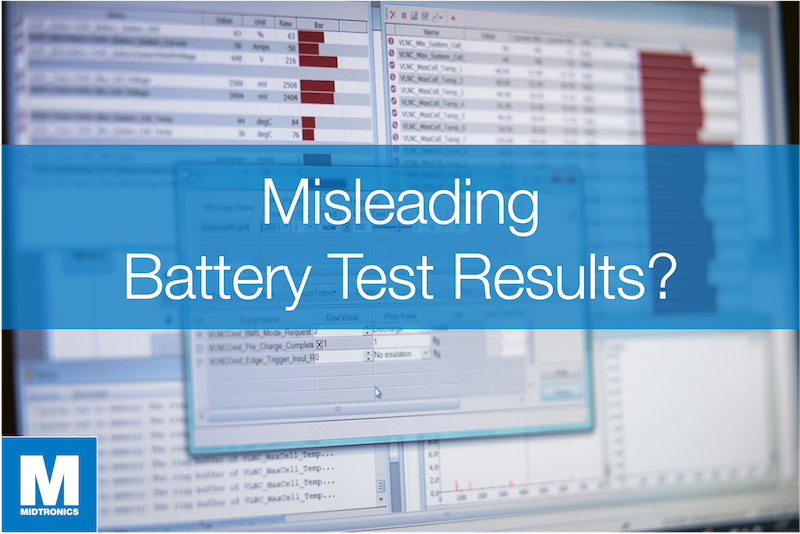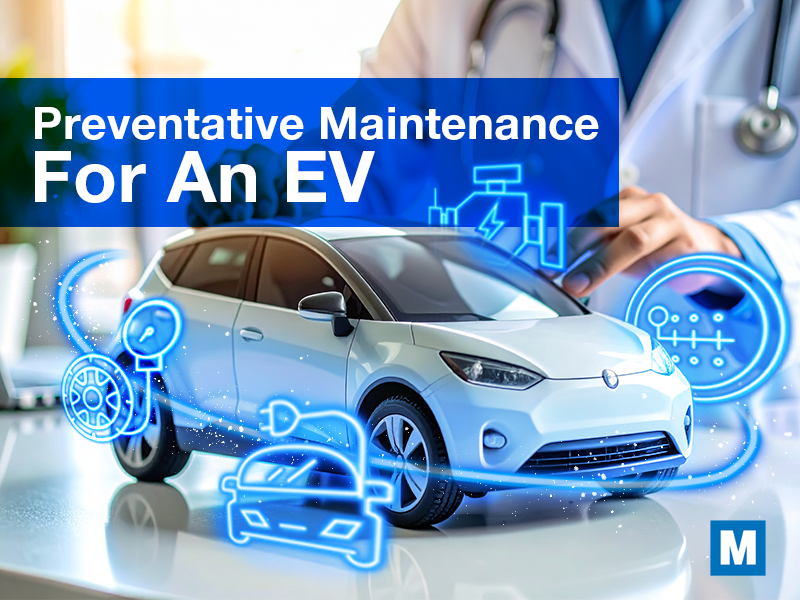A 12-volt electrical system requires a battery that’s healthy to keep the vehicle working as it should. The engine’s cranking, the charging system, and electrical systems all rely on sufficient voltage and amperage. That’s why it’s recommended to test every battery on every vehicle that enters a service drive or shop.
But battery tests might not be 100% accurate if you’re using test equipment that doesn’t cover the full spectrum including state of charge, state of health, and conductance profiling, or if your process is wrong. It’s possible that an inaccurate result occurs and either you miss replacing a battery that is failing, or you recommend replacing a battery that’s perfectly fine. Either way, the customer can lose trust in your shop, leave bad reviews, and cost you plenty of revenue going forward.
Here are battery test decisions that might be inaccurate or misleading, and how to avoid them in the future.
Passed tests
An accurate battery test relies upon the correct criteria entered into the diagnostic tester. If incomplete or inaccurate information is inputted, the result won’t be good. As the saying goes in computer programming, “Garbage in, garbage out.” These test decisions indicate a healthy battery, even if that might not be right.
Good battery, but engine won’t crank
A battery test that returns as “good battery” should inspire peace of mind for the customer and eliminate the battery as the cause of a customer’s starting issues. But if the test isn’t conducted properly, the positive result might be incorrect and should’ve failed, or at least, could have been more accurate. This can happen if:
- The wrong vehicle information is inputted. The best testing process is in the vehicle using specific vehicle information. This identifies the correct battery installation, the battery chemistry, the target cold cranking amperage, and other vehicle-specific data. But if the wrong vehicle information is inputted, the test might look for lower CCA than the actual battery should have, and the car will struggle to start despite testing as “good”.
- There’s a surface charge. High-quality battery diagnostic equipment identifies a surface charge, but if you’re only using equipment like a voltmeter, that might not be detected. A surface charge will indicate higher than actual voltage, but it dissipates in a few minutes. If there are symptoms present, waiting 15 minutes before a battery test is ideal to disperse a surface charge.
- The wrong location is indicated. A battery test should be performed in-vehicle for the greatest accuracy, and at the battery posts. That’s not always easy or possible, but test criteria should be modified to account for a remotely mounted battery or if it’s out-of-vehicle. Indicating the wrong location can result in a false “good” test.
Good battery, recharge
It’s also possible that a battery test returns as “good – recharge” when the battery is either good or it fails. If the test is performed with incorrect vehicle information at a higher CCA than the actual battery, this result could be indicated for a perfectly healthy battery.
But a bad battery can also return the result of “good – recharge” if it’s sulfated. It’s sometimes the case if a battery has been stored without a full charge and the sulfation becomes permanent. It might not be possible to restore the battery to full capacity. A good-quality tester can identify the condition while a non-specialized piece of equipment like a common DVOM might not.
Failed tests
Sometimes, a failed test can be misleading too. Tests fail when the cranking amperage and/or voltage, along with other criteria, are less than the criteria inputted into the test equipment. That should be a clear-cut case of a bad battery, but that’s not always true.
Replace battery
It’s possible for a result of “replace battery” even if the engine still cranks and starts. This an happen in a couple of scenarios:
- The battery temperature wasn’t properly read. A tester used by a professional service shop should be able to account for the battery’s temperature during the test. However, checking the temperature can force the technician to delay the test until a cold battery has warmed, so the temptation can be there to measure an object that is warmer than the battery itself. It creates a disparity in the test, and the tester is fooled into thinking the CCA is too low, returning a failed result where it might or might not be true.
- A discharged battery was tested. Batteries should be tested when they’re fully charged for accurate results. If it isn’t, the test result might be misleading. A battery that’s completely discharged might still be recoverable – or it might not – but a battery test could erroneously return that it’s bad.
A second test
For battery tests, it’s almost always true that the first test is the most accurate. The exception is if the first test’s criteria weren’t ideal, such as if it wasn’t permitted to rest or warm up. But if the right process was followed in the first place, a second test can return a misleading result that doesn’t match the original one. It’s because the load used to diagnose and test the battery changes the internal chemistry. That’s why you might have a positive result followed by a failed test shortly after.
How to prevent misleading battery test results
Getting accurate battery test decisions every time will help shops sell more batteries, give you confidence in diagnoses, and foster trust with customers. More than anything, using modern, high-quality diagnostic test equipment will help you get the right decisions.
Along with the right equipment, ensure the following criteria are followed for battery tests:
- Allow the battery to rest for 15 minutes before testing
- Input the exact vehicle information and confirm the battery’s specs from its label
- Measure the battery temperature
- Trust the first test




